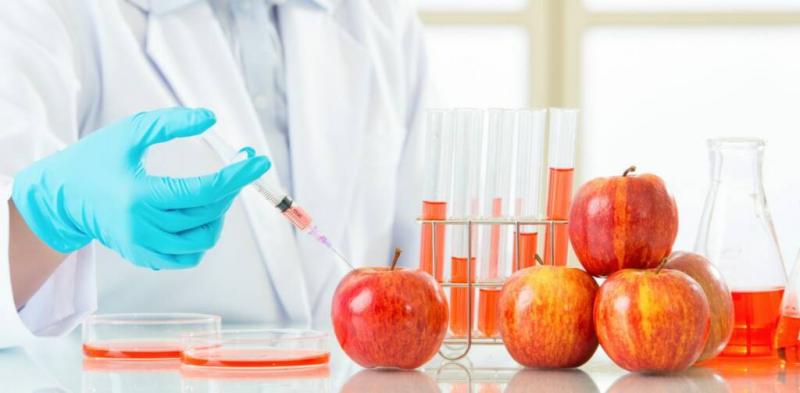Bioengineered food, also known as genetically modified (GM) food or genetically engineered (GE) food, refers to products that have been modified through genetic engineering techniques to introduce specific traits or characteristics. These modifications are often made to enhance crop yields, improve resistance to pests or diseases, or enhance nutritional content. The bioengineered food market has gained prominence in recent years due to its potential to address various challenges in agriculture and food production.
The bioengineered food market has witnessed significant growth over the past few decades. This growth can be attributed to several factors, including the increasing global population, changing dietary preferences, and the need for sustainable agricultural practices. Genetically modified crops such as soybeans, corn, and cotton have become integral components of modern agriculture, contributing to increased productivity and profitability for farmers.
In the bioengineered food market industry, various genetically modified organisms (GMOs) have been developed and commercialized. These GMOs include crops like Bt cotton, which produces its own insecticide, and Golden Rice, engineered to contain higher levels of vitamin A. These innovations have the potential to address food security concerns and nutritional deficiencies in many regions of the world.
One of the notable trends in the bioengineered food market is the increasing demand for transparency and labeling regulations. Consumers are becoming more conscious of the presence of GMOs in their food, leading to a growing demand for clear labeling. Governments and regulatory bodies have responded by implementing stricter labeling requirements to inform consumers about the presence of bioengineered ingredients in food products.
Furthermore, bioengineered food is not limited to crops. Genetic engineering techniques are also being applied to livestock and aquaculture. This has led to the development of genetically modified salmon, for example, which grows faster than conventional salmon. Such advancements have the potential to increase protein production and reduce the environmental impact of animal farming.
In conclusion, the bioengineered food market has evolved significantly, driven by advancements in genetic engineering technology and the need to address various challenges in agriculture and food production. As the industry continues to grow, it is essential for stakeholders to navigate the complex landscape of regulations, consumer preferences, and ethical considerations to ensure the sustainable development and responsible use of bioengineered food products.
